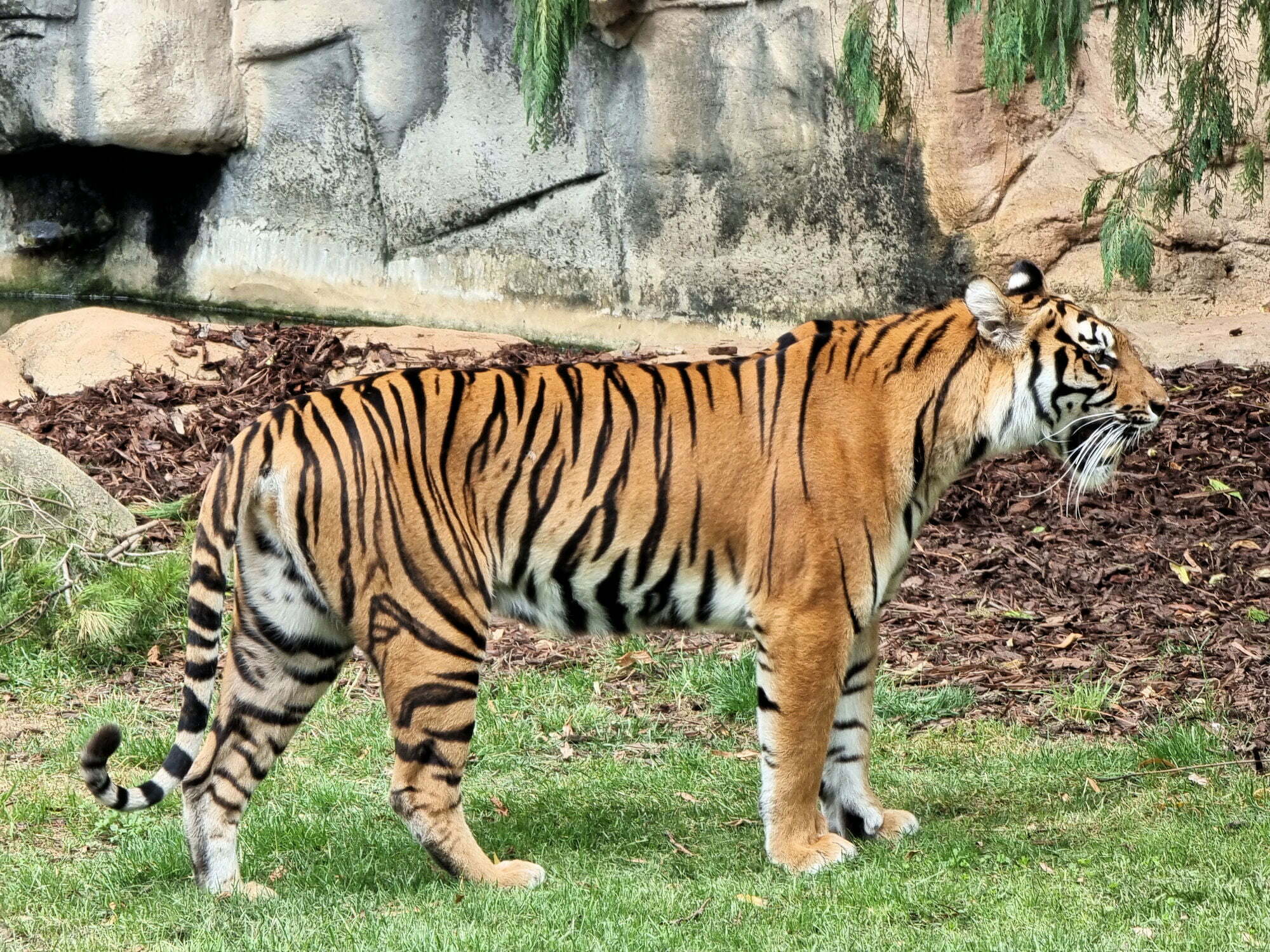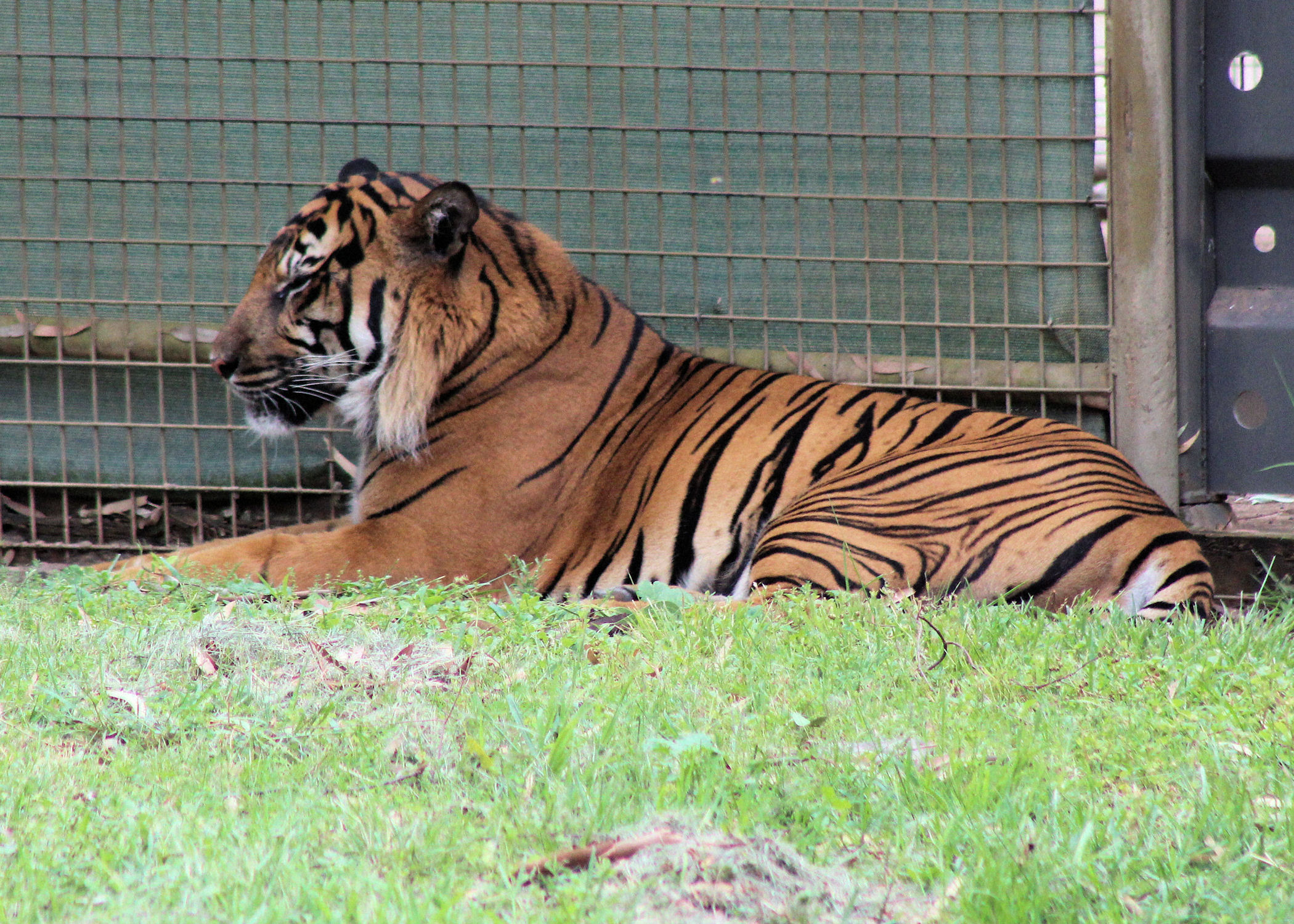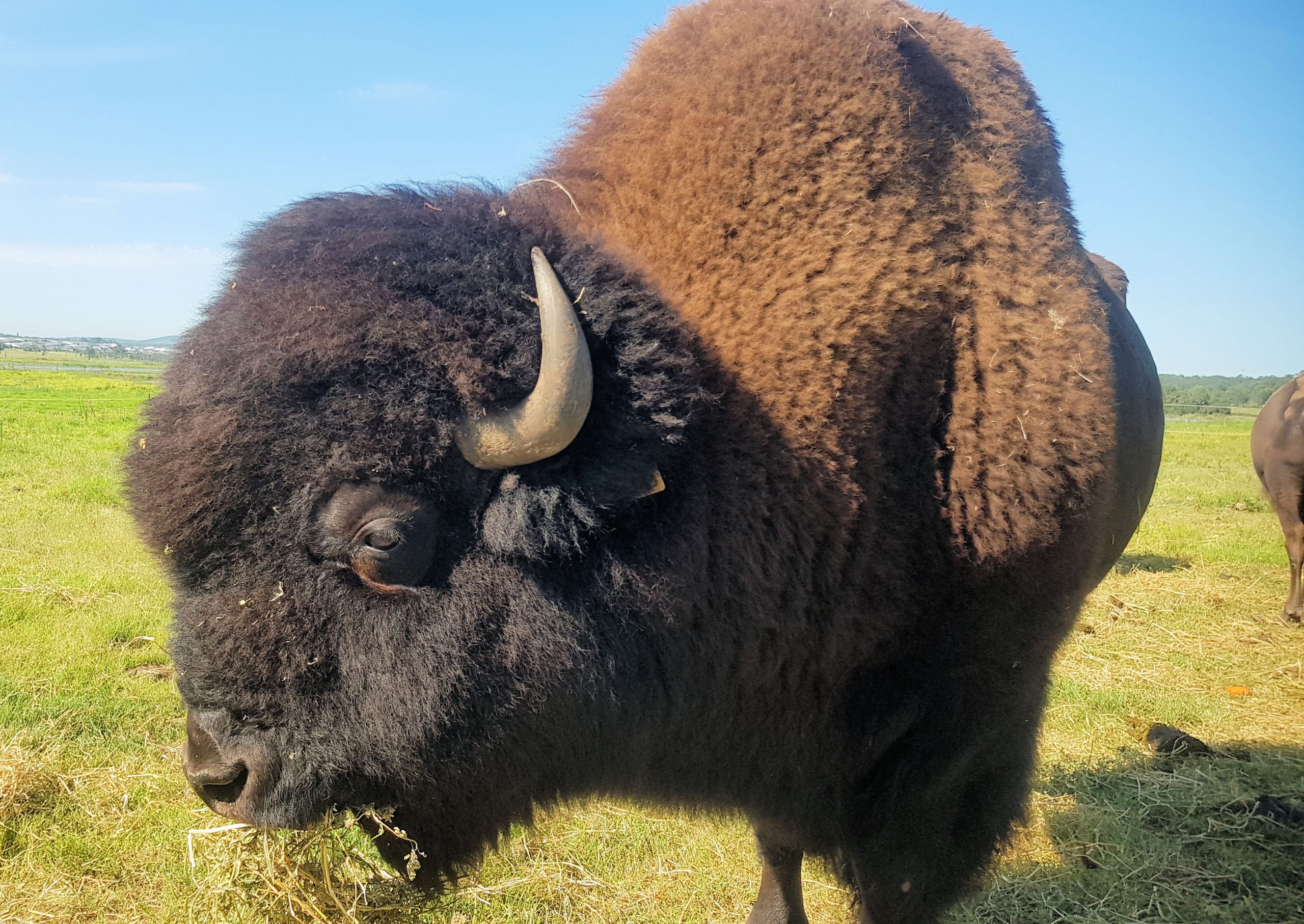Tag: animals
-
National Zoo and Aquarium

National Zoo and Aquarium Modern and spacious, the National Zoo and Aquarium in Canberra houses animals from around the world, but also includes many from Australia. Getting There and Parking Located a short 15-minute car ride from the centre of Canberra, it’s easy to get to. Plenty of on-site parking allows easy access for cars.… Read more
-
Taronga Western Plains Zoo Dubbo

Taronga Western Plains Zoo Located near Dubbo in the central west of New South Wales, Taronga Western Plains Zoo is one of Australia’s premier zoos. The zoo is home to over 5,000 animals from over 350 species, many of them rare and endangered. Taronga is part of an international breeding and conservation program to ensure… Read more
-
Bison Encounter in Morpeth

Bison Encounter in Morpeth Something you would no expect to do in The Hunter Valley town of Morpeth is have an encounter with Bison. Located just outside town a 100 hectare hobby farm has a small herd of American Bison, which you can arrange to see. Over the one-hour visit, you get to meet the… Read more